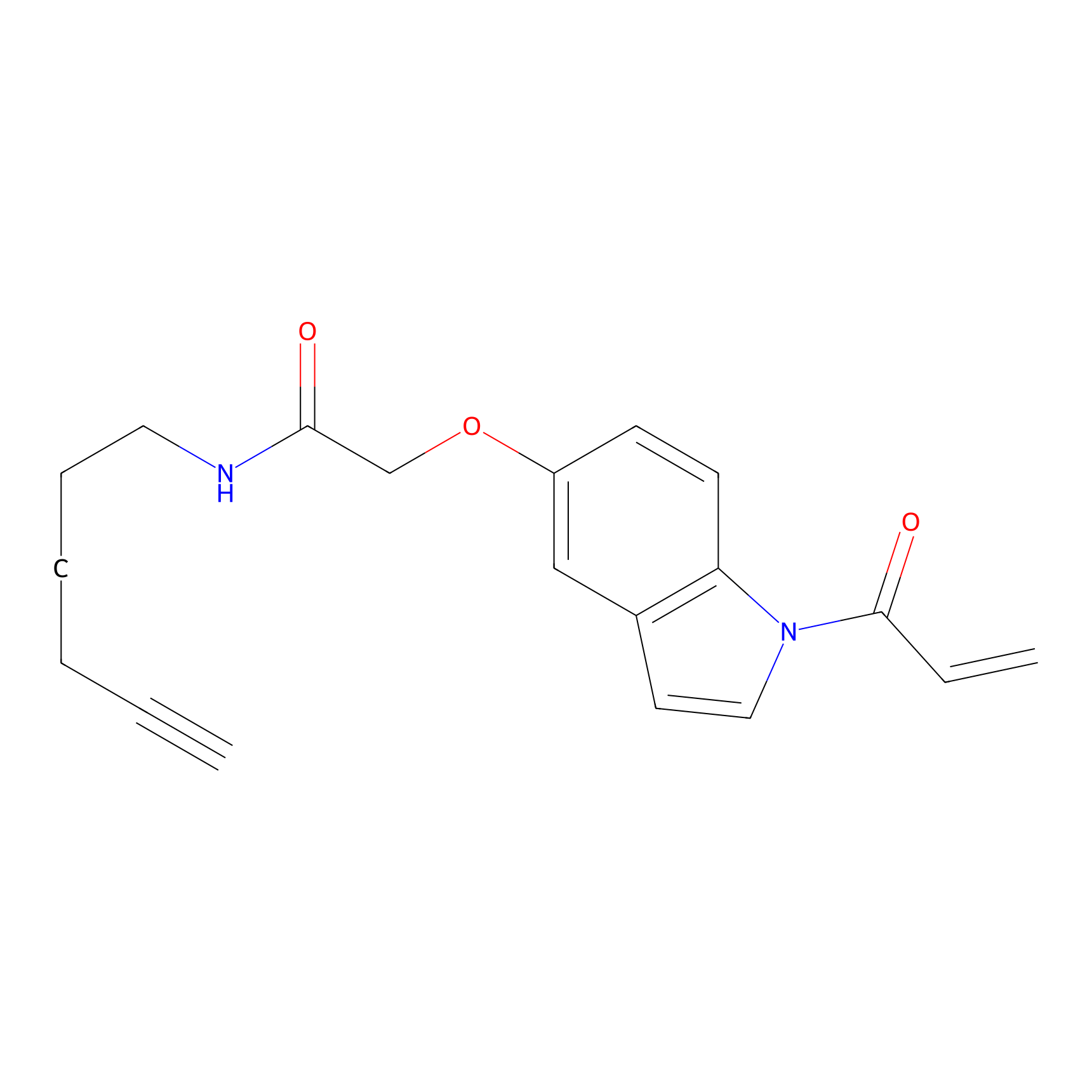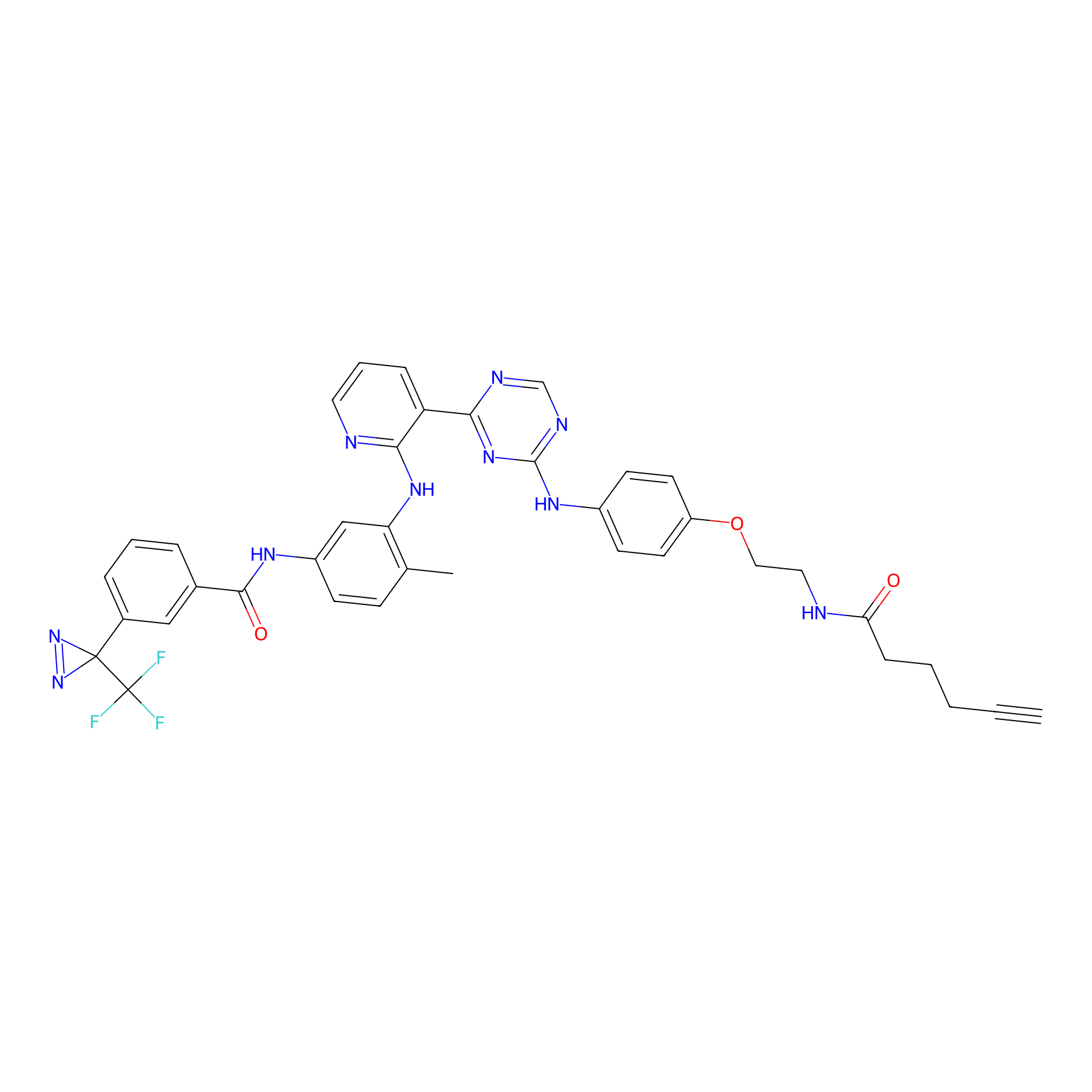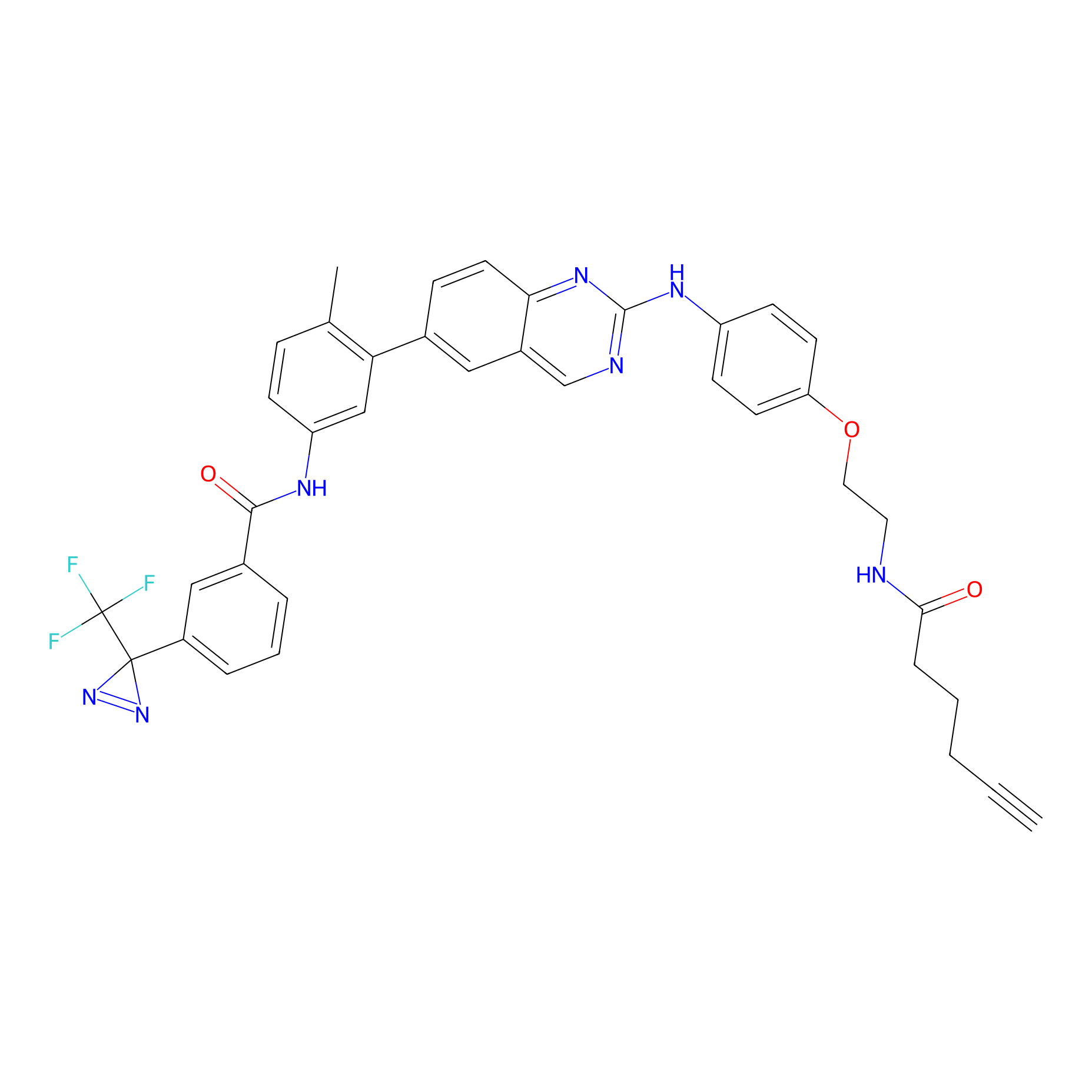Details of the Target
General Information of Target
| Target ID | LDTP04629 | |||||
|---|---|---|---|---|---|---|
| Target Name | Ephrin type-B receptor 3 (EPHB3) | |||||
| Gene Name | EPHB3 | |||||
| Gene ID | 2049 | |||||
| Synonyms |
ETK2; HEK2; TYRO6; Ephrin type-B receptor 3; EC 2.7.10.1; EPH-like tyrosine kinase 2; EPH-like kinase 2; Embryonic kinase 2; EK2; hEK2; Tyrosine-protein kinase TYRO6 |
|||||
| 3D Structure | ||||||
| Sequence |
MARARPPPPPSPPPGLLPLLPPLLLLPLLLLPAGCRALEETLMDTKWVTSELAWTSHPES
GWEEVSGYDEAMNPIRTYQVCNVRESSQNNWLRTGFIWRRDVQRVYVELKFTVRDCNSIP NIPGSCKETFNLFYYEADSDVASASSPFWMENPYVKVDTIAPDESFSRLDAGRVNTKVRS FGPLSKAGFYLAFQDQGACMSLISVRAFYKKCASTTAGFALFPETLTGAEPTSLVIAPGT CIPNAVEVSVPLKLYCNGDGEWMVPVGACTCATGHEPAAKESQCRPCPPGSYKAKQGEGP CLPCPPNSRTTSPAASICTCHNNFYRADSDSADSACTTVPSPPRGVISNVNETSLILEWS EPRDLGGRDDLLYNVICKKCHGAGGASACSRCDDNVEFVPRQLGLTERRVHISHLLAHTR YTFEVQAVNGVSGKSPLPPRYAAVNITTNQAAPSEVPTLRLHSSSGSSLTLSWAPPERPN GVILDYEMKYFEKSEGIASTVTSQMNSVQLDGLRPDARYVVQVRARTVAGYGQYSRPAEF ETTSERGSGAQQLQEQLPLIVGSATAGLVFVVAVVVIAIVCLRKQRHGSDSEYTEKLQQY IAPGMKVYIDPFTYEDPNEAVREFAKEIDVSCVKIEEVIGAGEFGEVCRGRLKQPGRREV FVAIKTLKVGYTERQRRDFLSEASIMGQFDHPNIIRLEGVVTKSRPVMILTEFMENCALD SFLRLNDGQFTVIQLVGMLRGIAAGMKYLSEMNYVHRDLAARNILVNSNLVCKVSDFGLS RFLEDDPSDPTYTSSLGGKIPIRWTAPEAIAYRKFTSASDVWSYGIVMWEVMSYGERPYW DMSNQDVINAVEQDYRLPPPMDCPTALHQLMLDCWVRDRNLRPKFSQIVNTLDKLIRNAA SLKVIASAQSGMSQPLLDRTVPDYTTFTTVGDWLDAIKMGRYKESFVSAGFASFDLVAQM TAEDLLRIGVTLAGHQKKILSSIQDMRLQMNQTLPVQV |
|||||
| Target Type |
Literature-reported
|
|||||
| Target Bioclass |
Enzyme
|
|||||
| Family |
Protein kinase superfamily, Tyr protein kinase family, Ephrin receptor subfamily
|
|||||
| Subcellular location |
Cell membrane
|
|||||
| Function |
Receptor tyrosine kinase which binds promiscuously transmembrane ephrin-B family ligands residing on adjacent cells, leading to contact-dependent bidirectional signaling into neighboring cells. The signaling pathway downstream of the receptor is referred to as forward signaling while the signaling pathway downstream of the ephrin ligand is referred to as reverse signaling. Generally has an overlapping and redundant function with EPHB2. Like EPHB2, functions in axon guidance during development regulating for instance the neurons forming the corpus callosum and the anterior commissure, 2 major interhemispheric connections between the temporal lobes of the cerebral cortex. In addition to its role in axon guidance also plays an important redundant role with other ephrin-B receptors in development and maturation of dendritic spines and the formation of excitatory synapses. Controls other aspects of development through regulation of cell migration and positioning. This includes angiogenesis, palate development and thymic epithelium development for instance. Forward and reverse signaling through the EFNB2/EPHB3 complex also regulate migration and adhesion of cells that tubularize the urethra and septate the cloaca. Finally, plays an important role in intestinal epithelium differentiation segregating progenitor from differentiated cells in the crypt.
|
|||||
| TTD ID | ||||||
| Uniprot ID | ||||||
| DrugMap ID | ||||||
| Ensemble ID | ||||||
| HGNC ID | ||||||
| ChEMBL ID | ||||||
Probe(s) Labeling This Target
ABPP Probe
| Probe name | Structure | Binding Site(Ratio) | Interaction ID | Ref | |
|---|---|---|---|---|---|
|
DBIA Probe Info |
 |
C632(1.37) | LDD3353 | [1] | |
|
IA-alkyne Probe Info |
 |
C392(0.00); C377(0.00); C772(0.00) | LDD0162 | [2] | |
|
NAIA_5 Probe Info |
 |
N.A. | LDD2223 | [3] | |
PAL-AfBPP Probe
| Probe name | Structure | Binding Site(Ratio) | Interaction ID | Ref | |
|---|---|---|---|---|---|
|
DFG-out-3 Probe Info |
 |
32.00 | LDD0076 | [4] | |
|
DFG-out-4 Probe Info |
 |
0.00 | LDD0075 | [4] | |
Competitor(s) Related to This Target
The Interaction Atlas With This Target
References
